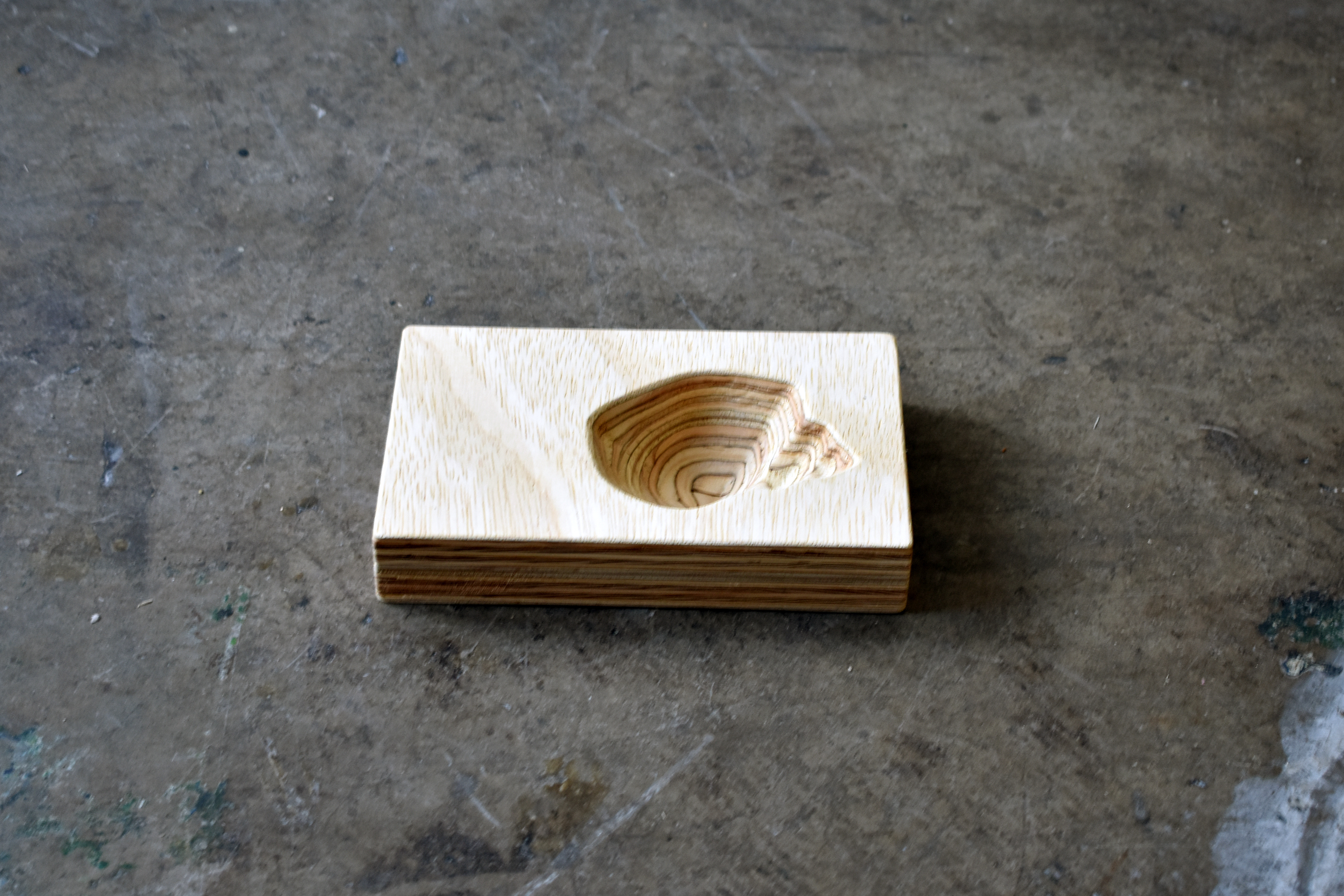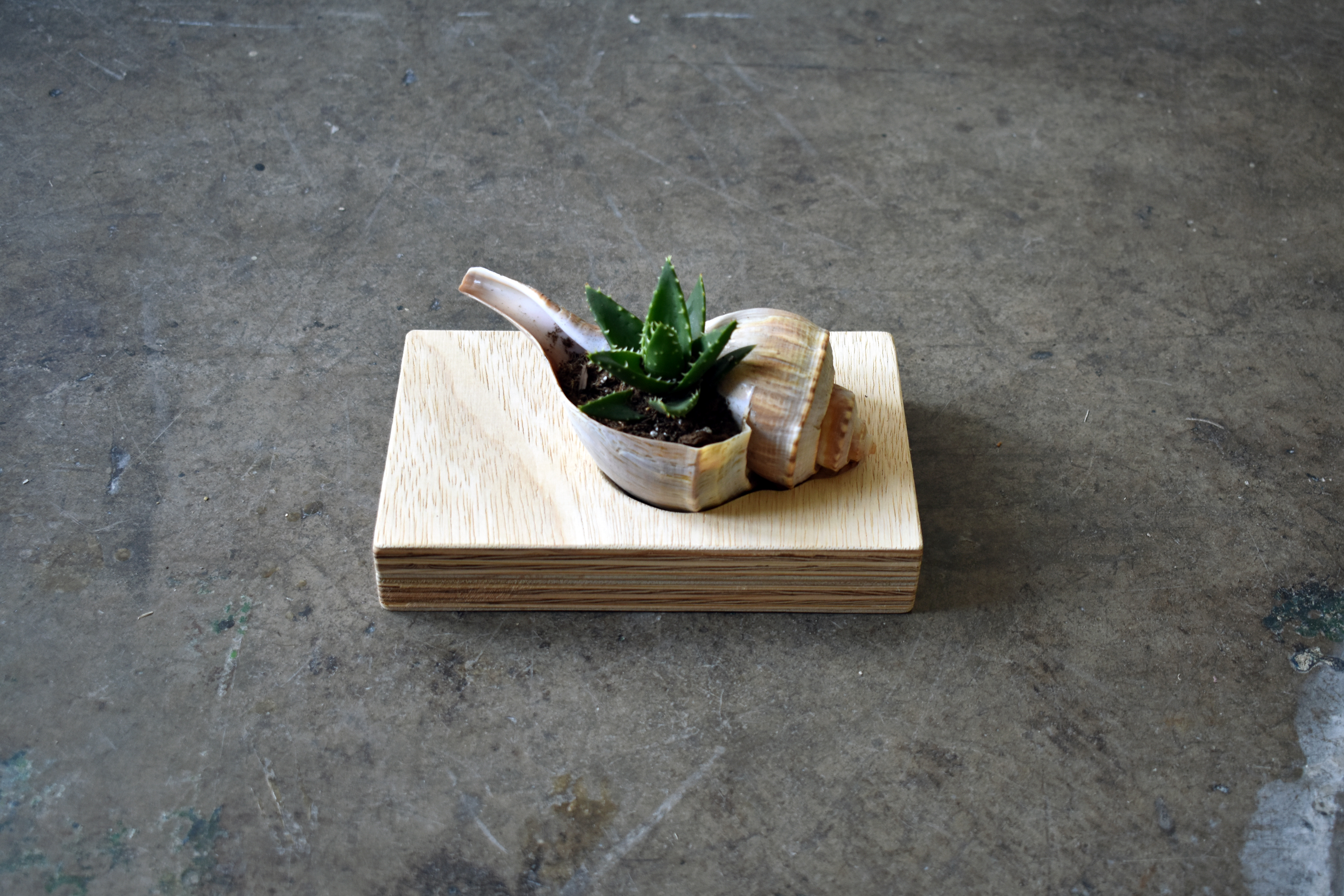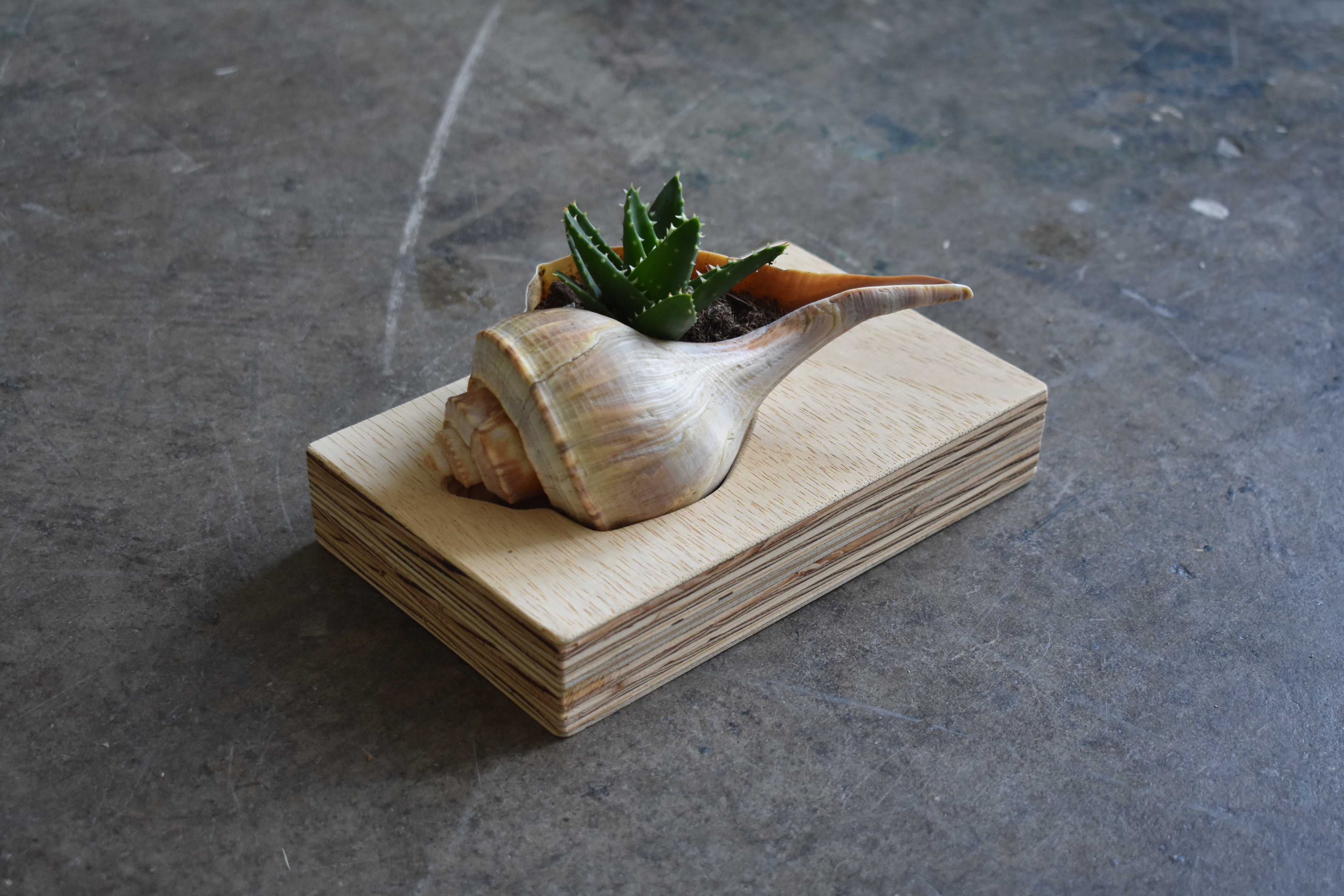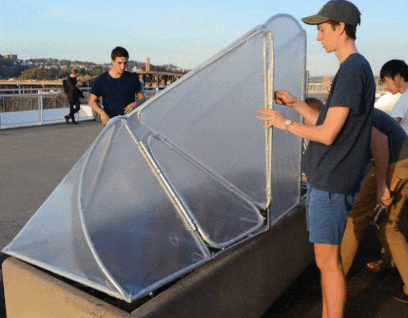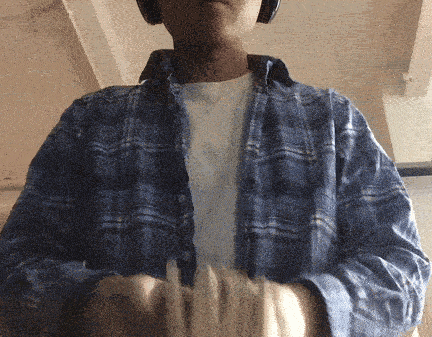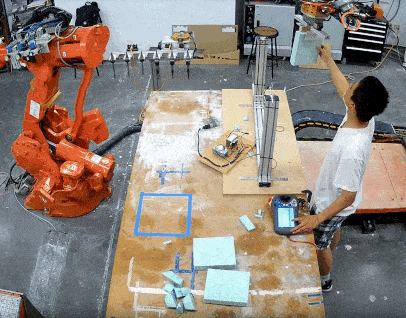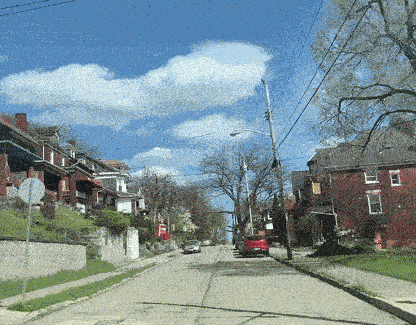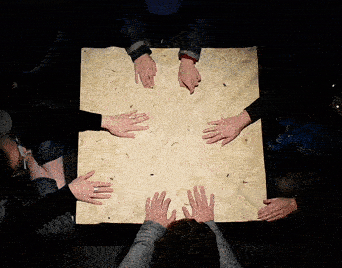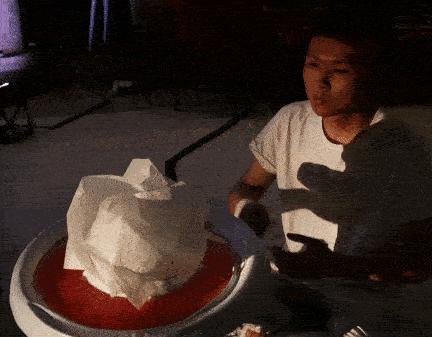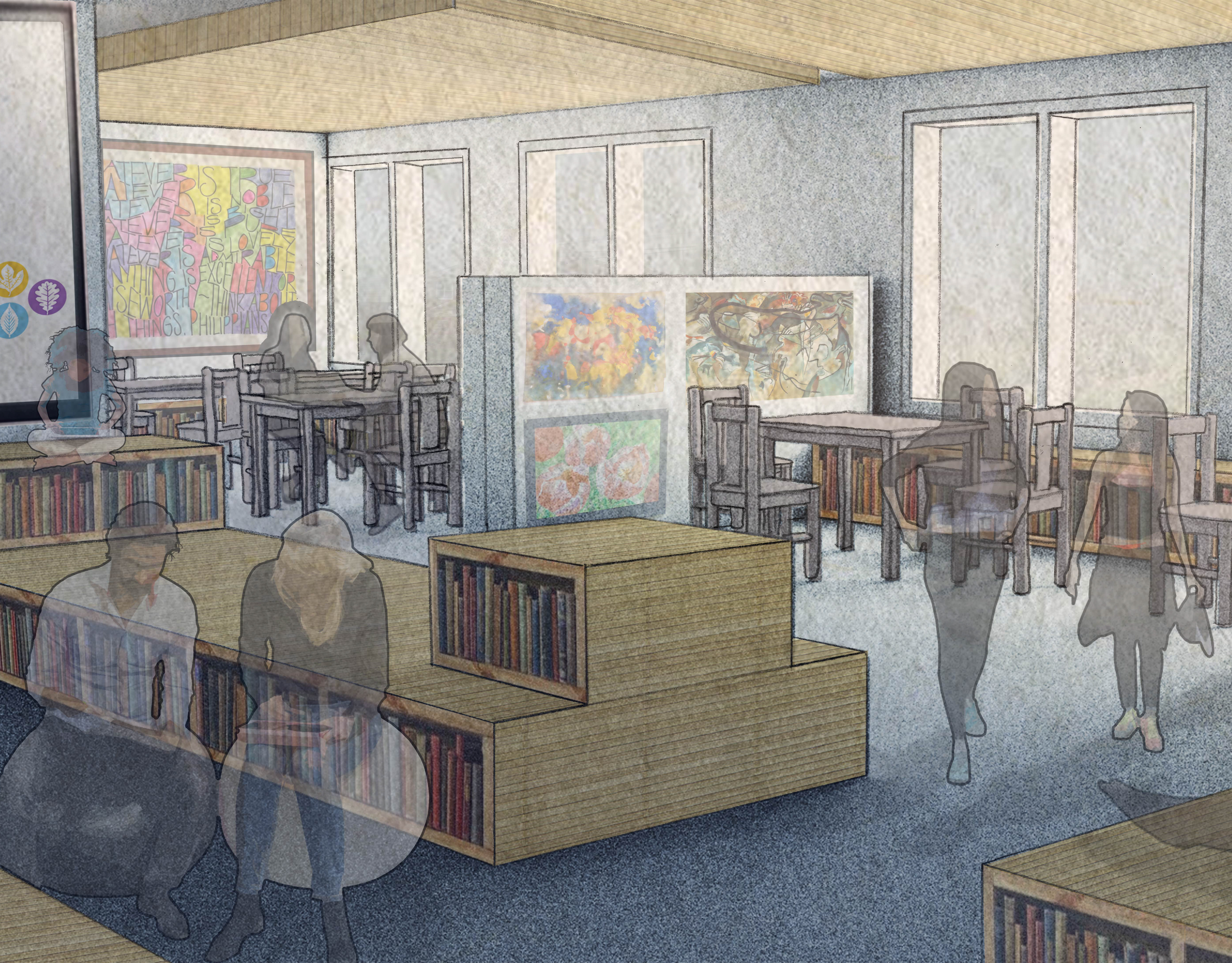Project Description
This project is a succulent planter which combines several digital fabrication strategies that I have been interested in for a while. The shell was 3D scanned using photogrammetry (using 3DF Zephyr) and transferred to Rhinoceros modeling space and used to form a CNC-routing file for the plywood base. After the plywood had been CNC-ed, it needed to be glued together and sanded down to hide the roughness of the routing as well as soften the sharp corners of the piece. The shell, which had been sourced from a restaurant, was razor sharp and jagged along the edge of the opening where the creature had been extracted. It was carefully chipped to a smoother profile, sanded down to blunt the edge, then polished for a cleaner look. With all of the pieces post-processed, all that was left to do was to find a succulent and make it feel at home.
To be clear conceptually, the planter is not amphibious in the sense that it can be placed both on land or a body of water (although that would be an interesting future project), but rather, it implements both wood (sourced from the ground) and a shell (sourced from the sea) and sprouts life using both as a foundation in a delicate, but intentional balance. Looking forward, it would be interesting to also study the root structure and pattern of growth.
